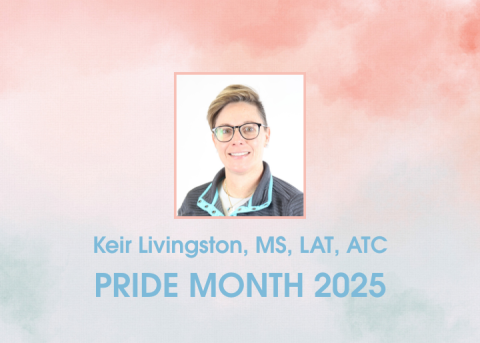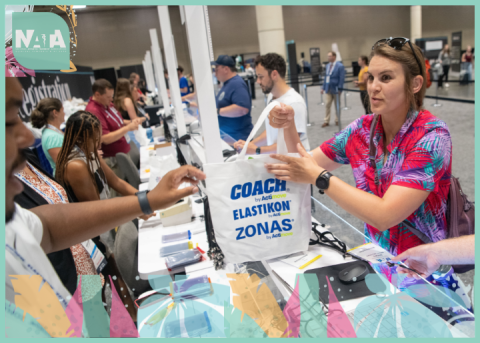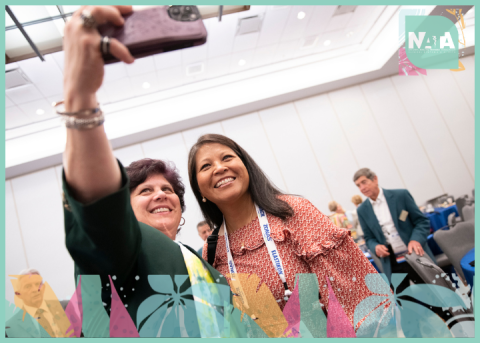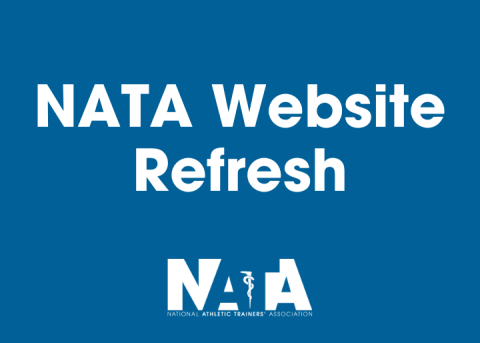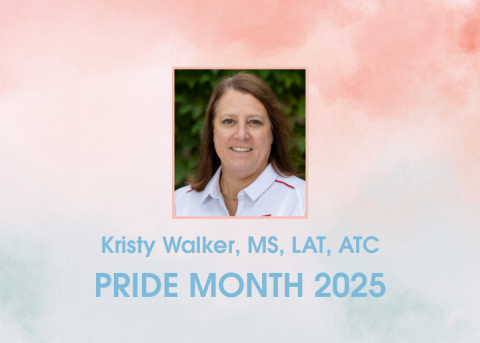
In honor of Women’s History Month this March, NATA is highlighting women who are working to advance the athletic training profession through research.
Kemba Noel-London, PhD, MAT, ATC, observed the sports medicine issues facing her athletes in Trinidad and Tobago, some being structural, while others were economic. In pondering solutions, research became an important tool for her.
“I wanted to figure out how to evaluate and come up with interventions at all levels; individual up to policy,” she said.
A social epidemiologist at Ohio State University, Noel-London currently researches sports and play space inequities, tying in how athletic training can serve as an interventional profession. She’s also currently working on a legal epidemiological project examining school funding law and policies.
She shares some of her research exploits, the goals behind them and methods involved.
What led to the creation of the Journal of Athletic Training research article “The Tip of the Iceberg: Commentary on Sports, Health Inequity and Trauma Exacerbated by COVID-19”?
That article stemmed from the feeling of frustration toward the discourse happening during the COVID-19 pandemic within the field. It was also inspired by the lack of deeper conversations on the root causes of racial/ethnic health disparities within allied health professions, particularly, athletic training. The goal was to emphasize that a shift is needed as we try to become more intentional about public health inclusion to continue to be the innovative profession we are. Otherwise, we will continue to fall into step with the wider health care system built on an unequal and inequitable system.
What have you discovered in your research?
I try to highlight the impact of policies outside of health and health care related policies on the world of sports and sports medicine. It is important that, throughout the training of the new generation of athletic trainers, a balance between individual intervention and grounding in the impact of education policy, economic policy, etc., on communities and, thus, the persons we serve, is needed. It is hard to get different results or encourage innovative change if we don’t understand the root causes that are potential drivers for communal growth or lack thereof.
How does the involvement of women in research advance the AT profession?
Women in research can bring different perspectives and lived experiences that enhance the diversity of thought needed for the growth of the profession, including the strength of evidence used to guide clinical practice. They also have been critical in bringing the clinical care of female athletes to the fore. Women historically have been responsible for groundbreaking discoveries that have changed the course of the world despite the blockades to their entry and upward progression. It is important that as we celebrate the role of women in the advancement of the profession, we also begin ensuring that the burden of dismantling the barriers we didn’t build and maintain are moved off the shoulders of solely women and shared by all.
What’s next in your research?
I’m working on a legal epidemiological project examining school funding law and policies and their impact on various avenues of play, including school sports. I also hope to continue building on my dissertation and utilizing geographic information systems for understanding inequities in sports, play space and the relationship to policies that impact community resources.
What advice do you have for ATs interested in sports medicine research?
Go for it! There is so much we don’t know and understand that your work will contribute to the advancement of care. Seek out mentors who will challenge and support you, while giving honest feedback. Get comfortable with being wrong. Research is about being open to all possibilities, not only the ones that sit comfortably in your assumptions.

